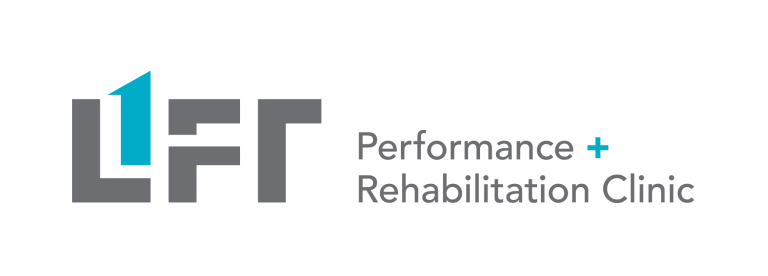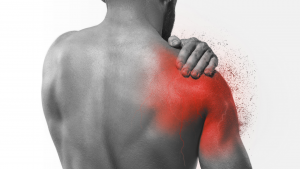What are Whiplash-Associated Disorders?
Whiplash-associated Disorders is an injury sustained by people who have had a sudden acceleration/deceleration injury to the neck. Neck pains are the most common during motor vehicle accidents.
The rapid acceleration and deceleration can affect the different structures in your head and neck. Some of the structures affected are the intervertebral discs, muscles, ligaments, nerves, blood vessels, joints and the vestibular system. Because so many structures can potentially be affected, symptoms may vary depending on the injured structures. Headaches, neck pain and neck stiffness are the most common symptoms.
Neck Pains: What does the recovery of Whiplash Associated Disorders look like?
The management of Whiplash Associated Disorders depends on where you are on the recovery timeline. The general prognosis for recovery is good. It is normal to experience some neck pain post-injury. The natural history of injury is that most of the recovery occurs within the first 2-3 months, then the recovery starts to plateau after that point. Therefore, management of WAD is crucial at this time to potentially prevent the development of a chronic condition (symptoms past 3 months post injury). The aims of rehabilitation are to address both the physical factors and psychological factors that present post injury.
With patients dealing with an acute whiplash injury, it is recommended that they start with gentle exercises that aim to restore movement of the neck, and function to the upper limbs. Early exercises can help to reduce pain in the neck, improve stability, and restore function. A combination of education about whiplash associated disorders and exercise can help to reassure the patient, address any maladaptive thoughts the patient may have, and return them to previous levels of activities. The sooner the patient returns to their normal activities, the greater the prognosis.
How can a Physiotherapist / Chiropractor/ Registered Massage Therapist at Lift Clinic Treat Neck Pains – Whiplash Associated Disorders?
Our clinicians are able to do an in depth assessment to determine the severity of the Whiplash Associated Disorders. This may include an interview, questionnaires and a physical examination. Through a physical examination we are able to determine the grade of the Whiplash Associated Disorder using the Quebec Task Force classification systems. This assessment will allow the clinicians to estimate a timeline for recovery, and guide the treatment plan.
The treatment sessions with the clinicians aim to help you reduce pain, restore movement and restore function. They will educate you about your injury, and provide an idea for what to expect during your recovery from Whiplash Associated Disorders. Our clinician will create a specific plan to reduce the risk of chronicity of Whiplash Associated Disorders, and get you back to doing what you need to do.
References:
Sterling, M. (2014). Physiotherapy management of whiplash-associated disorders (WAD). Journal of physiotherapy, 60(1), 5-12.








